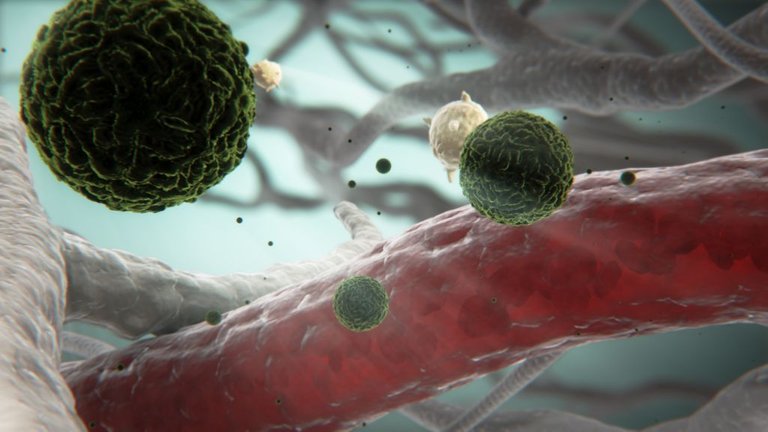HMPV Respiratory Virus is Spreading Fast !

Despite a decrease in COVID, the spread of another respiratory virus known as HMPV is worryingly on the rise. Early March data from the United States showed that roughly 20% of antigen tests and over 11% of PCR testing for human metapneumovirus (HMPV) produced positive results.
Understanding Respiratory HMPV Virus
The infectious human metapneumovirus (HMPV) is a respiratory virus that can cause mild to severe respiratory infection, especially in newborns, young children, elderly adults, and people with compromised immune systems. HMPV is known to induce pneumonia and bronchiolitis, both of which have symptoms that can range from mild cold-like symptoms to more serious respiratory distress.
HMPV Respiratory Virus symptoms
Understanding the signs of the HMPV respiratory virus is essential for early detection and effective treatment. Although the intensity of the symptoms might vary, typical warning signs include:
- persistent cough that frequently produces phlegm or mucous.
- congestion: Stuffiness and congestion of the nose.
- High body temperature, usually greater than 100.4°F (38°C), is referred to as a fever.
- Sneezing: Constant sneezing and nasal passage inflammation.
- Wheezing: A whistling sound made during breathing when the airways are constricted.
- Breathlessness or difficulty breathing is referred to as shortness of breath.
- Unexpected exhaustion and a lack of energy.
- Headache: A persistent headache or head pressure.
- Sore Throat: Throat discomfort and agony.
- Generalized muscle pain and aches make up the term "body aches."
It's crucial to keep in mind that these symptoms may resemble those of other respiratory illnesses, making it necessary to consult a healthcare professional for an accurate diagnosis.
Taking Precautions to Reduce the Risk of HMPV
To protect both you and others from the HMPV respiratory virus, take the following precautions seriously:
Continue to practice good hygiene Regularly Cleanse Your Hands with Soap and Water for a Minimum of 20 Seconds, Especially after Sneezing, Coughing, or Exposure to Public Spaces.
Keep Hydrated: To keep your fluid levels at their ideal levels, drink lots of water.
Keep updates : Keep up with the most recent advice given by credible health organizations and regional authorities.
Seek medical advice: If you or someone you know displays signs of the HMPV respiratory virus, get help right away and heed medical specialists' recommendations.
Hand sanitizer: Use an alcohol-based hand sanitizer with a minimum 60% alcohol concentration if soap and water are not available.
Don't Touch Your Face: Avoid touching your face excessively, especially the lips, nose, and eyes, which are frequent entry places for viruses.
Cover Your Mouth and Nose: Cove the Mouth and Nose When Coughing or Sneezing. Utilize a Tissue or the Inside of Your Elbow as a Protective Barrier. Immediately Discard Used Tissues and Thoroughly Wash Your Hands for Optimal Hygiene.
Minimize non-essential outings to crowded places or activities where physical distance may be difficult to maintain.
Final Words:
You can dramatically lower your chance of catching and spreading the HMPV respiratory virus by exercising caution and doing the preventative steps outlined above. To protect yourself, your family, and your community, keep in mind that early detection, good hygiene habits, and adherence to established norms are essential.
Refrences:
https://abcnews.go.com/Health/covid-rsv-rates-decreasing-spring-lesser-virus-rise/story?id=99691489
https://edition.cnn.com/2023/05/29/health/human-metapneumovirus-explainer-wellness/index.html
https://www.cdc.gov/ncird/human-metapneumovirus.html
https://www.lung.org/lung-health-diseases/lung-disease-lookup/human-metapneumovirus-hmpv